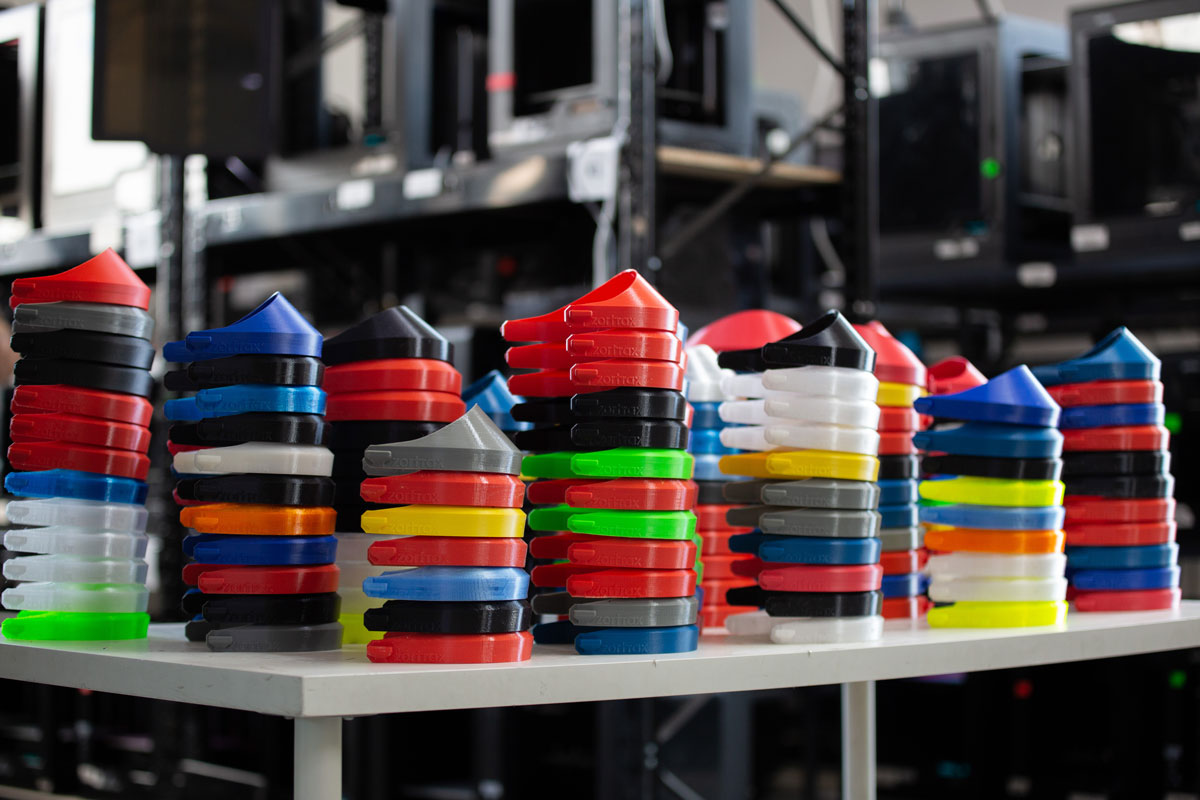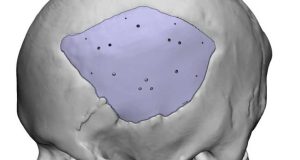Although the effects of the coronavirus pandemic and the ensuing economic crisis have been felt by all technology companies, the 3D printing sector may benefit from changes caused by the virus.
Interrupted supply chains, fluctuating production requirements, care about employee safety and the need to switch production lines to create completely new products – these are some of the challenges that many enterprises, regardless of where they are located, have had to face.
When global demand for equipment to be used by healthcare workers exceeded available supply, it was necessary to think outside the box and find the new methods of filling the market gap. The community of 3D printing users quickly responded to the crisis by making available online free-of-charge models of useful printouts, e.g. protective visors. Also, equipment manufacturers have immediately joined charitable activities.
Zortrax converted its farm of 140 printers into a production line on which, during the peak time, over 300 specialist visors were created daily. However, visors are just one of a number of projects in which 3D printing technology has been used. Zortrax equipment has also been deployed to print covers for ear thermometers, valves for Venturi ventilators and adapters that enable conversion of diving masks into protective equipment for medical personnel working with potentially infected people. The 3D printing technology has also been used to create prototype ventilators that could replace certain classic devices that are very expensive and difficult to obtain.
“The lack of specialist equipment and problems with buying necessary parts or even closing down the whole manufacturing plants are just some of the issues with which designers have been grappling recently. Even people working for the medical industry have had difficulty in finalizing their projects. Italian engineers creating a prototype ventilator as a part of the Open Breath project supported
by Zortrax had to change their plan of using parts from sheet metal and injection molding machines.
The long waiting time for the production of these elements and the unavailability of materials in the market practically forced the use of 3D printers, which made it possible to create a fully functional device without the need to engage any additional resources,” says Mariusz Babula, Vice-President of the Management Board at Zortrax.
With life saving devices created with a help of 3D printing technology, the most difficult thing is to adjust production to rigorous regulations which fail to keep pace with technological developments. Due to the long duration of certification processes, frequently involving excessive bureaucracy, even though 3D printing may increase the efficiency of medical centers, its potential is still not utilized to the full extent. In other sectors of the economy, where restrictions are not so severe, changes are occurring much more smoothly. Rapid prototyping that is made possible with 3D printing began to be used as early as in the 1980s. What attracted users was the possibility to become independent from expensive outsourced production. 3D printing allowed more than just the creation of prototypes for complicated designs and devices. Printouts created by contemporary desktop printers may serve as ready-made objects. An increasing number of interior designers use 3D printers to create final products that can be personalized depending on specific needs of the customer. It has become unnecessary to commission uniform production on a mass scale. Instead, small batches of products may be modified on an ongoing basis practically without any impact on the production cost.
“We are witnessing an increasing popularity of solutions involving dispersed production or even the strive to extend product life cycles through repair and conversion, which not only generates economic benefits but also reduces the burden on the environment. Such changes will be favorable for 3D printing, which can provide a response to consumer demand for customization of products instead of relying on mass production,” adds Mariusz Babula.
Production on demand, with regard to both minor components and finished projects, enables major savings to be generated due to lower transportation and storage costs as well as reduced involvement of third-party subcontractors. These are just the several factors which cause 3D printing to be used, for instance, in international space stations, where this technology is utilized to rapidly produce any necessary elements. Continued operations in spite of an interrupted supply chain as well as the possibility of resetting production completely within a short period offer an opportunity for many manufacturers to continue their work despite the constraints which would have once prevented the normal operation of a company and, in many cases, would have also forced companies to close down. The coronavirus pandemic has shown that relying on third-party solutions is effective only in a stable economic situation. 3D printing provides a greater degree of independence, which means that this technology is more easily adaptable to unpredictable situations which are likely to continue to occur in the future.
Subscribe to our Newsletter
3DPResso is a weekly newsletter that links to the most exciting global stories from the 3D printing and additive manufacturing industry.























